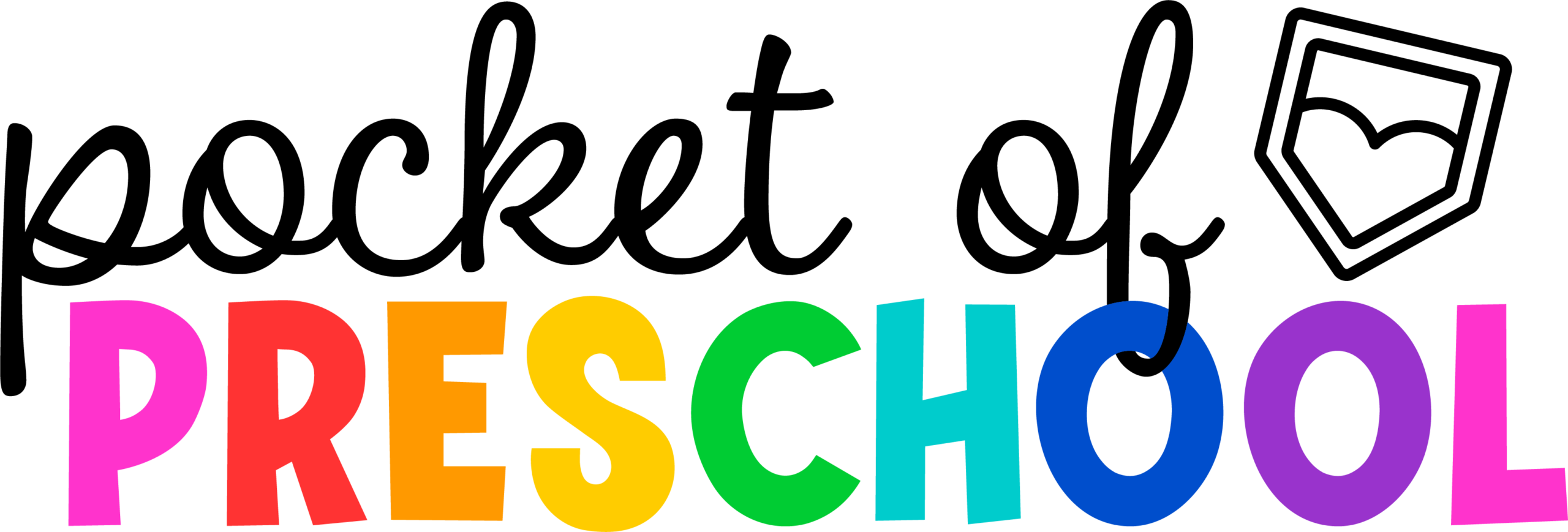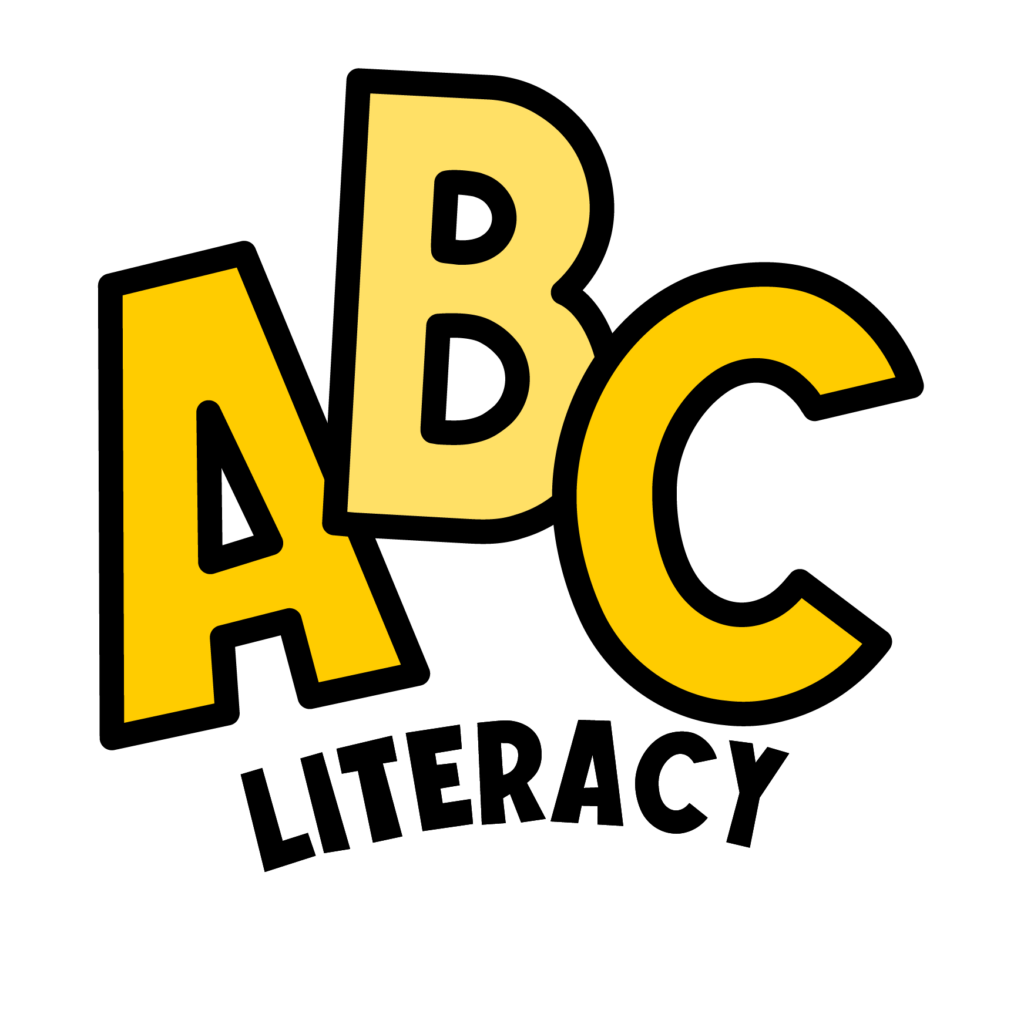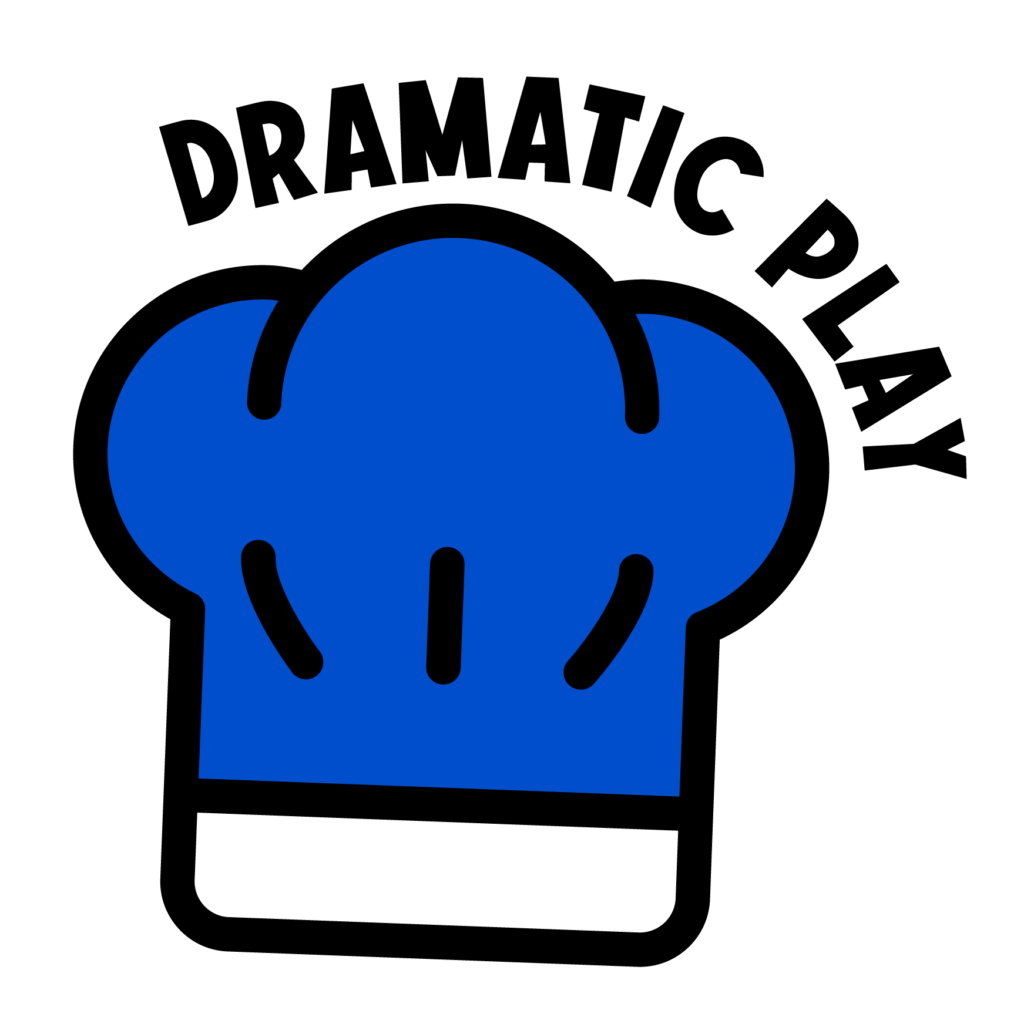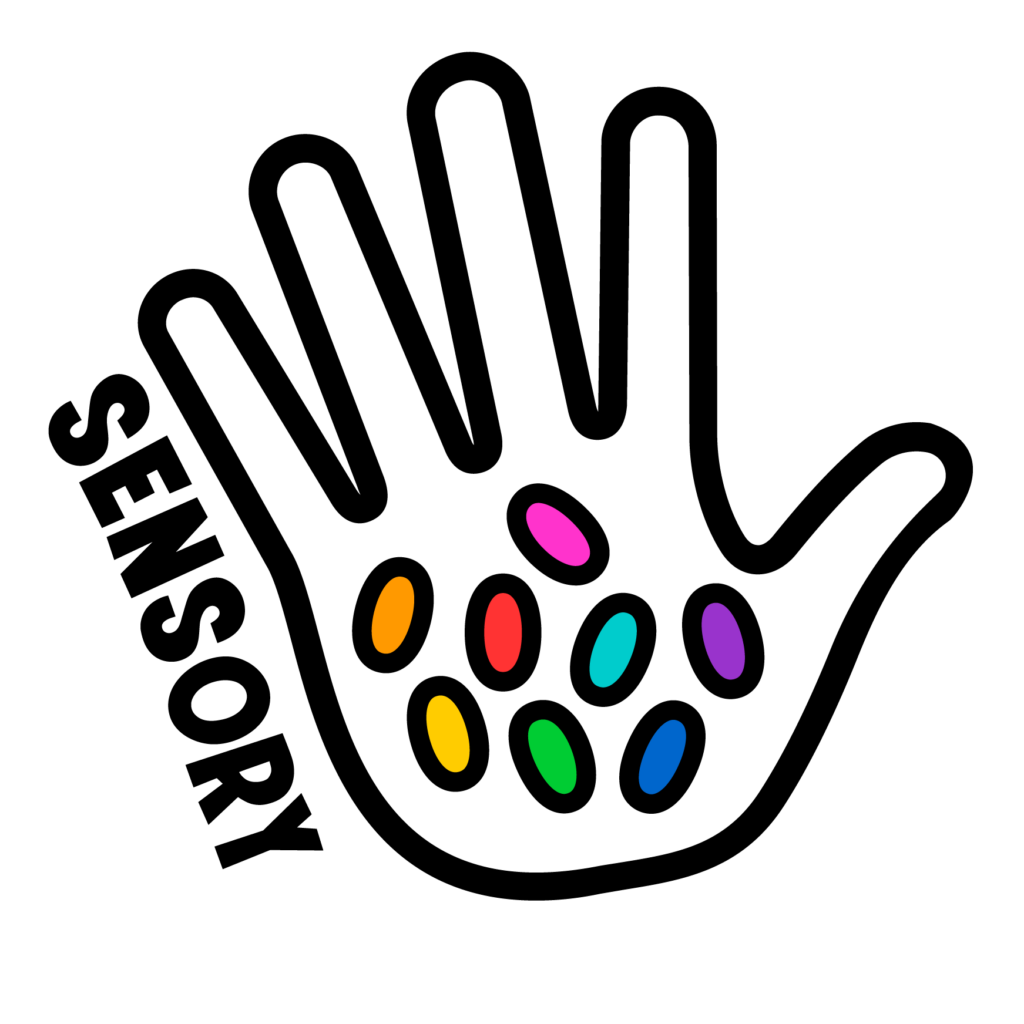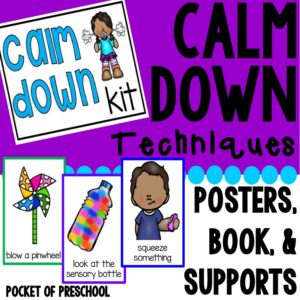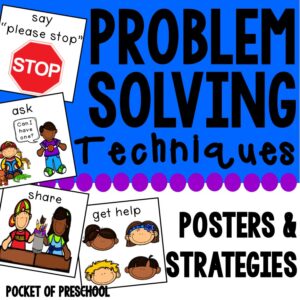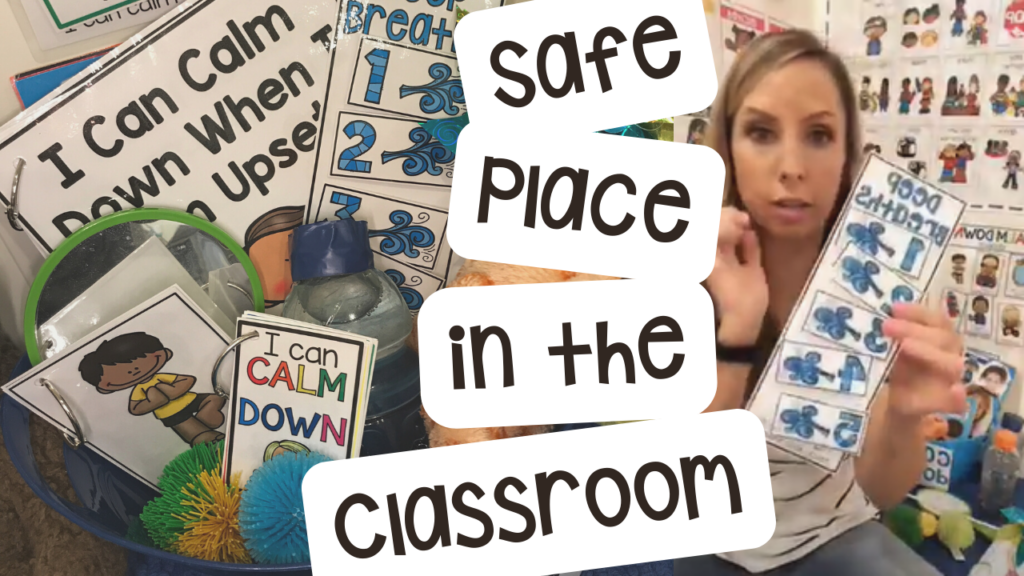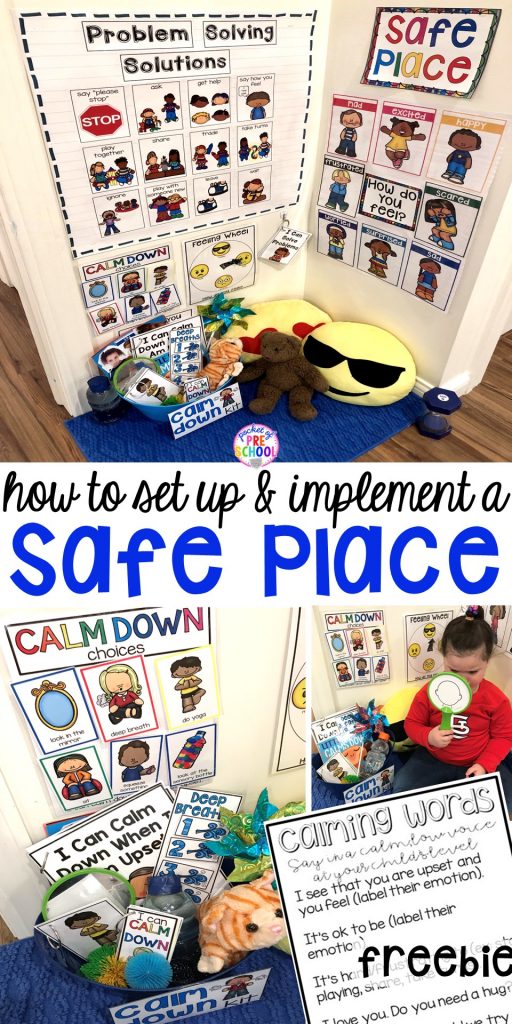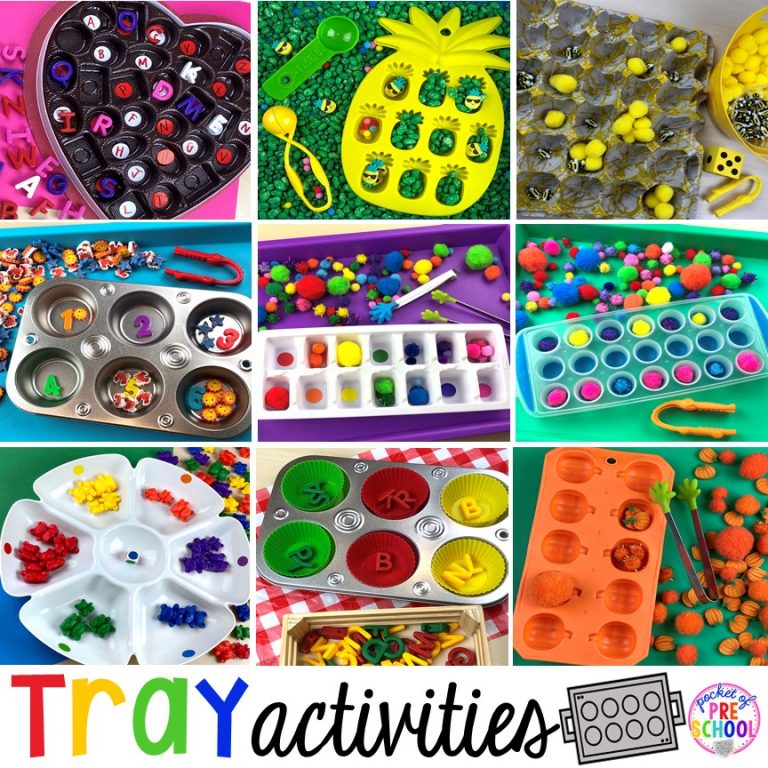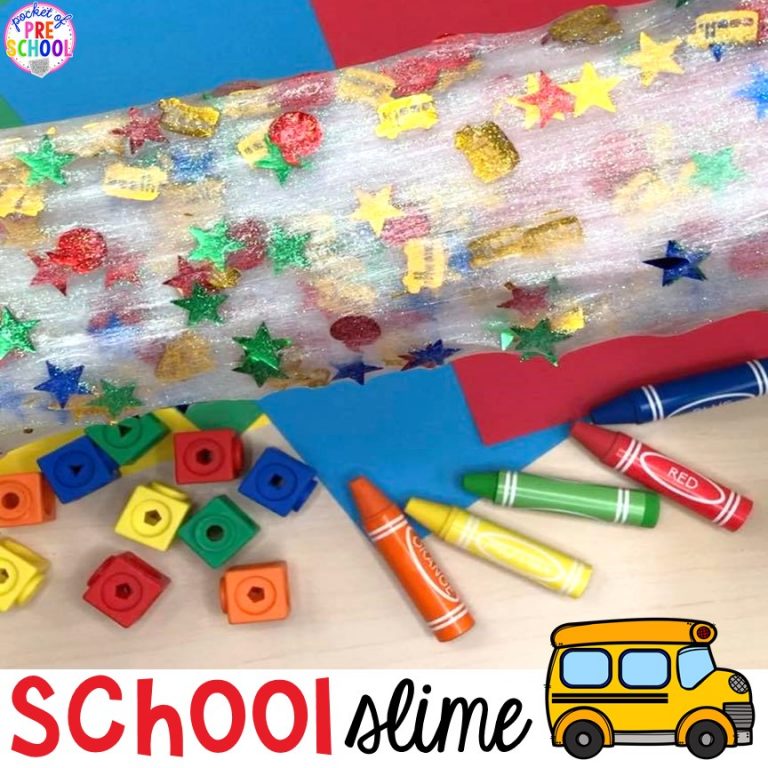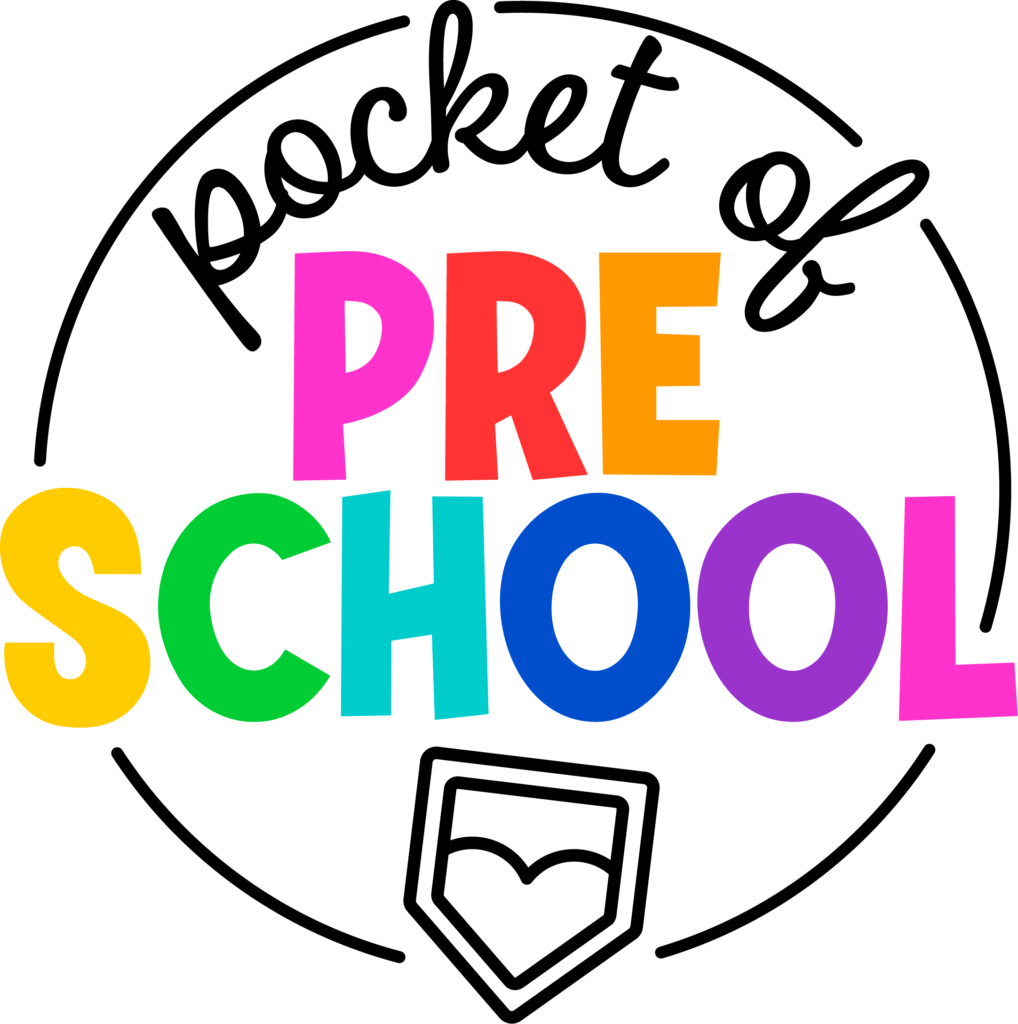Safe Place or Cozy Corner for Little Learners
Share This Post:

Every classroom needs a safe place for students to go where they feel safe, can calm down, or solve problems. It should be a place that is cozy with visual supports, that is away from the load spaces in the classroom. It is a place students can go when they feel various emotions like sad, mad, frustration, nervous, or even tired. Sometimes students (teachers too) need to take a break from what’s going on around them so they can regain control of their emotions. Make sure you read to the end and grab the FREEBIE!
Grab the FREEBIE by entering your email in the box at the bottom of this post. This post contains affiliate links which means I earn a tiny commission when you use my links at no cost to you.
Safe Place
Just remember: the safe place is NOT time out. You want to make a place students WANT to go to calm down. Being upset or having a problem is not a punishment; it’s a life skill. We need to teach them, not punish them.
What you need to create a safe place or cozy corner:
- pillow, bean bag, or rug in cool, relaxing colors
- calm down kit with sensory goodies (squishy toys, sensory bottles, child-safe mirror, social story, deep breath chart, etc.)
- feeling wheel or posters
- problem solving visuals
- stuffed animal
- sand timer (to be used for turn taking when sharing toys in the classroom, NOT for time out)
Place a rug, pillows, and/or combination of bean bags in the safe place. Just remember, when students are upset, they cry, sneeze, and cough, so make sure the items in the safe place can be easily washed and cleaned. Personally, I stay away from things hanging from the ceiling for safety reasons because when a student is upset, he or she may pull on them or wrap themselves in them.

Just like anything else in your classroom, you have to teach students what a safe place is and how to use it. I typically introduce it around week three in my classroom after I teach all the basic classroom routines. You can download my FREE Curriculum Map HERE.
To introduce the safe place, I read When Sophie Gets Angry. It’s about a little girl who gets mad and goes up into a tree to calm down. Then I introduce the safe place in our classroom. I explain how it’s a place they can go when they want to be alone or feel upset.
I then model being upset and how to use the safe place appropriately. I pretend I’m sad, and I walk over to the safe place I then move the feeling wheel to sad, look at the feeling photos, and play with items from the calm down kit. The whole time I am talking through what I am doing and feeling (private speech which are those things you think to yourself but say them out loud for students to hear). Then I walk back to circle and review what I did: I was sad. I walked over to the safe place. Then I used the materials to help me feel better. Lastly, I rejoined the group.
Next, I show items in the calm-down kit, and let students play with them. It’s also a time when you can talk about when to use and when not to use the safe place. You can also put items from the calm down kit out at table time for students to explore.
Another day during circle, I read the social story, I Can Calm Down When I am Upset. After we read the book, I get out one thing from the calm-down kit, like a stuffed animal or something they can squeeze. We take turns pretending to be upset (while we are still sitting at circle) and squeezing the squishy to calm down. Other books I love are In My Heart: A Book of Feelings, My Magic Breath, and B is for Breathe.
When I see students using the safe place appropriately, I give them verbal praise, high-fives, and shouts outs during circle time or at the end of the day.
It’s also important to give verbal cues at the beginning of the year to remind students that they can go to the safe place when they are upset. I might say something like, “I see you have a frown on your face, and you look sad. Do you want to go to the safe place to feel better?” or “I see your face is red and your body looks tight. Do you want to go to the safe place to help you feel better?” Do not leave the student at this point because they may need more support from you. You can go over there with them OR just observe them staying kinda close, so you can help them if they need it.
Remember, it is our job to be CALM for them, not add to the big emotions they are experiencing.
Remember you want to talk to your students in a calm voice to help calm them. It’s hard to stay calm when they are upset so take deep breaths or a break yourself when you need to.
You are teaching your child about feelings, building self-regulation, and self-awareness. It’s a hard skill to learn and will not happen overnight. Don’t give up; managing BIG emotions is HARD.
If a student is having a tantrum and his or her body is not safe (throwing things, swinging their arms, etc.), do NOT move the student to the safe place. They are little but oh so strong when they are upset. Move objects away that could hurt the struggling student or you. Also, move other students away from that child to keep them safe as well.
We want to teach how to use and practice using the calm down kit when students are calm (not when they are upset) during circle time, small group, intervention time, or a class meeting.
Just a note: Students will absolutely overuse the safe place at first but just use it as a teachable moment. Talk to them about how they feel and have them look in the mirror at their facial expression and body language.
If you observe students are seeking out the sensory materials in the safe place, that is their way of telling you they need more sensory opportunities throughout the day. Do brain breaks, movement songs, integrate more sensory small groups and table time activities, and get them moving during circle (ex: acting out motions with a book). You can also put out sensory materials in various centers too. You can put sensory bottles in the discovery center or put gel writing baggies in the library or writing center.
To create a strong home-school connection, I created this cheat sheet of words you can use when a student is upset. Print it and put it in the classroom for teachers to use as a reference, then send it home, so families use the same language as you do at school!

>>Grab the FREEBIE by entering your email in the box at the bottom of this blog post!<<
Later in the month, I introduce and teach the Problem-Solving Solutions which you can read all about HERE. Students also use the safe place as a place they can go to solve problems. For example, two students may encounter a problem where they both want the same toy. The students can walk over to the safe place and use the problem-solving solutions to solve their problems. There is also a problem-solving solution ring on a hook students or a teacher can bring anywhere in the classroom to use when a problem occurs. You can read all about how you can implement the Problem Solving Solutions in your classroom HERE.
I also teach basic feelings and more complex feelings all year long using this Feelings and Emotions unit.
Now go create an amazing, safe place or a cozy corner in your classroom for your students, AND TEACH them how to use it! Here are some resources you can use:
Want to see my safe place live? Check out the video.
Love these ideas for a safe place? Pin this image!

hey, i’m jackie!
I’m Jackie, your go-to girl for early childhood inspiration and research-based curriculum.
